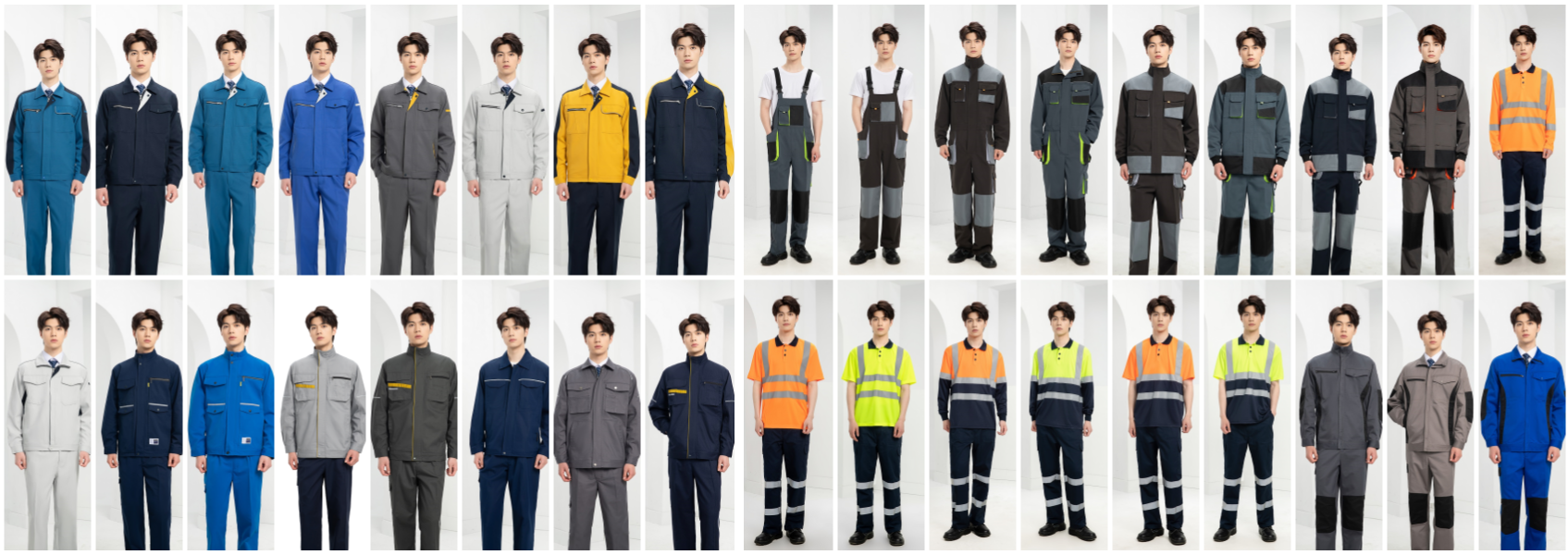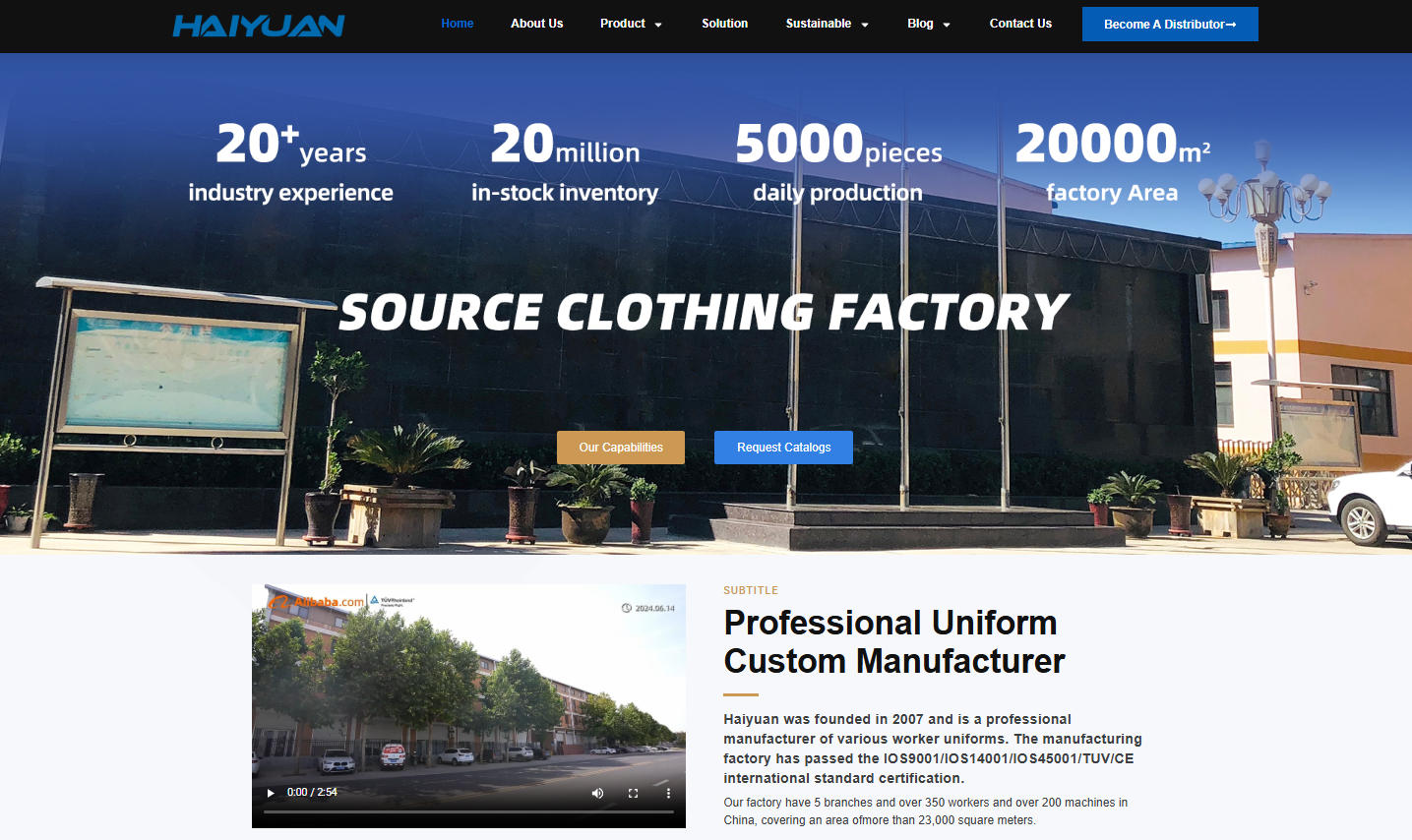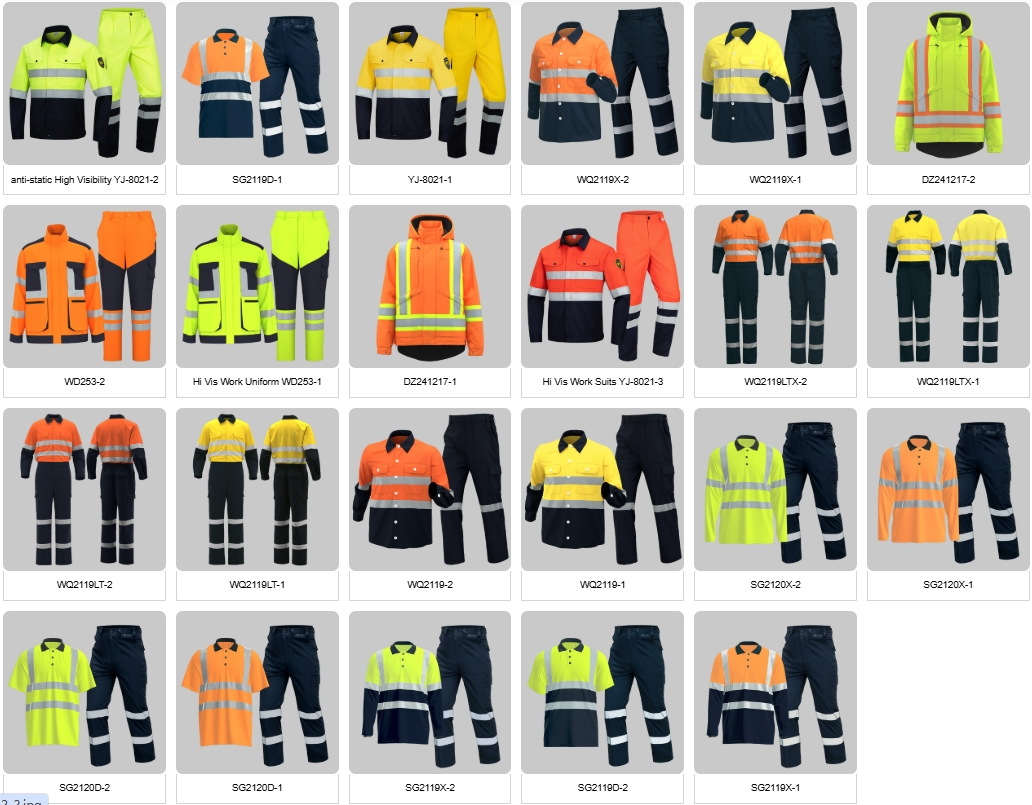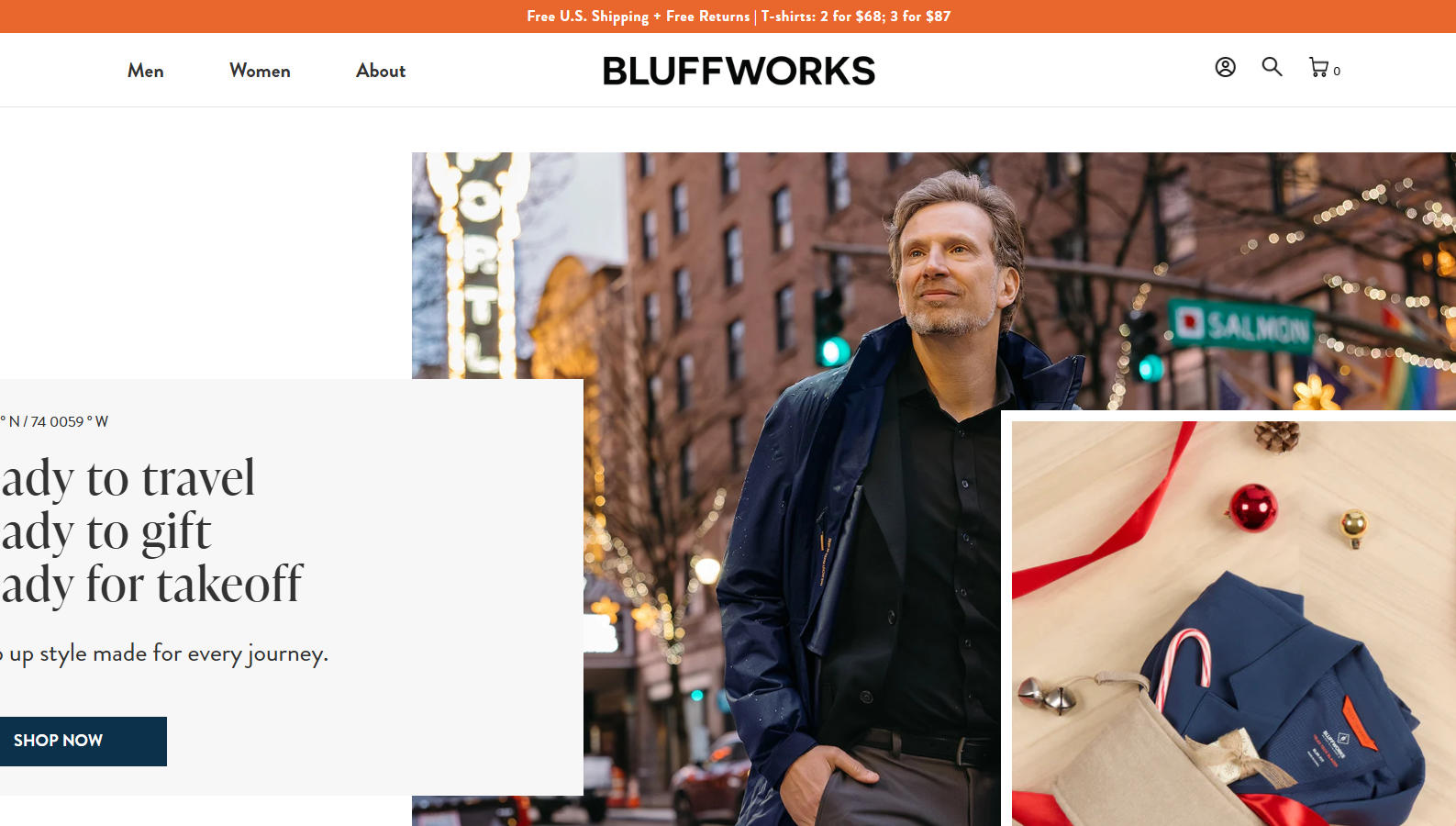Importing custom logo work uniforms from China is a common and practical choice for companies in Turkmenistan, offering a good balance of cost, quality, and customization.
Here is a comprehensive guide covering the process, key considerations, and potential challenges for a Turkmenistan company.
Overview of the Process
The import process can be broken down into several key stages:
-
Sourcing & Negotiation (China-side)
-
Production & Quality Control
-
Shipping & Logistics
-
Customs Clearance (Turkmenistan-side)
Phase 1: Sourcing and Negotiation in China
1. Finding a Reliable Supplier:
-
B2B Platforms: Use platforms like Alibaba, Made-in-China.com, or Global Sources. Look for suppliers with “Gold Supplier” status, good transaction history, and positive reviews.
-
Trade Shows: Attending exhibitions like the Canton Fair allows you to meet suppliers, feel fabric quality, and build relationships.
-
Sourcing Agents: Consider hiring a sourcing agent in China (e.g., in Yiwu or Guangzhou) who can find factories, negotiate prices, and conduct quality control on your behalf.
2. Key Details to Specify:
-
Design & Logo: Provide high-resolution vector files (AI, EPS) for your logo. Specify the placement (chest, back, sleeve) and the method (embroidery, printing, patch).
-
Fabric: Specify the type (e.g., polyester-cotton blend, 100% cotton), weight (GSM – grams per square meter), and color (provide Pantone codes for accuracy).
-
Sizing: Provide a detailed size chart. Chinese sizes often differ from Western/regional standards. You may need to provide sample measurements.
-
Quantity: Confirm the Minimum Order Quantity (MOQ). This is often per style/color.

polyester cotton labor workwear
3. Getting a Quotation (Pro Forma Invoice):
The supplier will provide a Pro Forma Invoice (PI) detailing:
-
Unit Price (FOB, EXW, CIF – see Incoterms below)
-
Total Order Value
-
Payment Terms
-
Production Lead Time
-
Sample Cost (if applicable)
4. Payment Terms:
-
T/T (Bank Transfer): Most common. A typical structure is 30% deposit, 70% before shipment.
-
Letter of Credit (L/C): More secure but complex and costly. Suitable for very large orders.
-
Avoid 100% upfront payments with new suppliers.
5. Samples are Crucial:
-
Pre-production Sample: To check design, fit, and logo quality.
-
Production Sample: Taken from the final batch to ensure the bulk order matches the approved sample.
Phase 2: Production and Quality Control
1. Incoterms (Crucial for Responsibility):
-
EXW (Ex Works): You are responsible for all costs and logistics from the factory gate. Gives you control but requires more work.
-
FOB (Free on Board): The supplier gets the goods to the port and loaded on the ship. You handle the sea freight, insurance, and import into Turkmenistan. This is a very common and balanced choice.
-
CIF (Cost, Insurance, and Freight): The supplier arranges and pays for sea freight and insurance to the port of destination. You handle all import customs. Simpler for you, but less control over shipping costs.

haiyuan clothing factory
2. Quality Control (QC):
-
During Production: A QC inspector can check the initial production run.
-
Pre-shipment Inspection (PSI): This is the most critical step. An inspector checks a random sample of the finished goods (e.g., 15-20%) against your specifications for sizing, fabric, color, logo, and workmanship.
-
You can hire a third-party inspection company (e.g., SGS, Bureau Veritas, or a local agent) for this.
Phase 3: Shipping and Logistics to Turkmenistan
1. Choosing a Freight Forwarder:
It is highly recommended to work with a freight forwarder experienced in shipping from China to Turkmenistan. They will handle:
-
Booking cargo space on a vessel.
-
Preparing shipping documents (Bill of Lading, etc.).
-
Arranging land transportation from the Chinese port to Turkmenistan.
2. Shipping Route:
-
Sea + Land Route: Goods are shipped by sea to a port like Baku (Azerbaijan), Bandar Abbas (Iran), or Poti (Georgia), then transported by truck or rail to Turkmenistan.
-
This is the most common and cost-effective method for large shipments.
3. Essential Shipping Documents:
Your supplier and forwarder will help prepare these:
-
Commercial Invoice
-
Packing List
-
Bill of Lading (or Air Waybill)
-
Certificate of Origin (usually issued by a Chamber of Commerce in China)
-
Customs Declaration from China
Phase 4: Customs Clearance in Turkmenistan
This is the most complex part and where a local customs broker is essential.
1. Find a Customs Broker in Turkmenistan:
A local broker will manage the entire clearance process with the Turkmenistan State Customs Service. They will need power of attorney from your company.
2. Required Import Documents (Prepare these in advance):
-
Commercial Invoice (translated into Russian or Turkmen may be required).
-
Packing List
-
Bill of Lading
-
Certificate of Origin
-
Contract between your company and the Chinese supplier.
-
Import License/Customs Declaration (GTD): Your broker will prepare this based on your documents.
-
Certificate of Conformity: Turkmenistan often requires proof that imported goods meet local technical and safety standards. This may need to be obtained from the Turkmenistan Standards Institute or an authorized body. Your freight forwarder or broker can advise on this.
3. Customs Duties and Taxes:
Your broker will calculate and pay these on your behalf. They are based on:
-
The product’s HS Code (Harmonized System code for “workwear”).
-
The Customs Value (usually the CIF value – Cost, Insurance, and Freight).
-
Turkmenistan’s import tariff rates. Rates can vary, so confirm the current rate for your specific goods.
4. Delivery:
Once customs clearance is complete and all fees are paid, the goods will be released and delivered to your warehouse.
Potential Challenges & Pro Tips
-
Language Barrier: Use clear, simple English in all communications. Use diagrams and photos for specifications.
-
Cultural Differences: Be patient and maintain clear, consistent communication.
-
Logistics Complexity: The land-leg from the port to Turkmenistan can be unpredictable. Work with an experienced forwarder.
-
Customs Delays: Incorrect or incomplete documentation is the primary cause of delays. Your local broker is your best insurance against this.
-
Start Small: For your first order, consider a smaller quantity to test the process and the supplier’s reliability.
-
Budget for Hidden Costs: Always account for bank transfer fees, inspection costs, broker fees, and potential unforeseen customs charges.
By carefully planning each of these stages and working with reliable partners in both China and Turkmenistan, your company can successfully and efficiently import high-quality custom work uniforms.
For some insightful reads, we’ve curated a list of recommended articles just for you:
- How do I find a product manufacturer in China?
- How to find cheap manufacturers in China? A guide to avoid pitfalls
- How to complete your first purchase of workwear in China safely and efficiently
- Custom uniforms for Small business
- Choosing the Best Industrial Work Suit
- Ultimate Guide: Best Wholesale Work Clothes in China
- Cut & Sew Customization
- Logo Customize Clonthing Manufacturer
- Labour Uniform manufacturer
- Labor clothing uniform for sale
- Working clothes china wholesale
Can’t find what you’re looking for? Feel free to contact us. We’re here to help 24/7.
Useful links:





